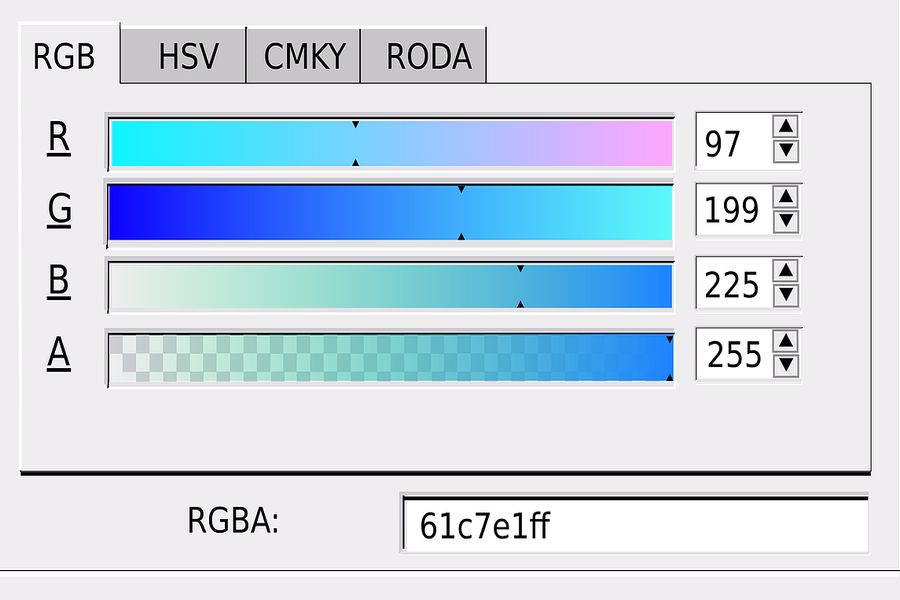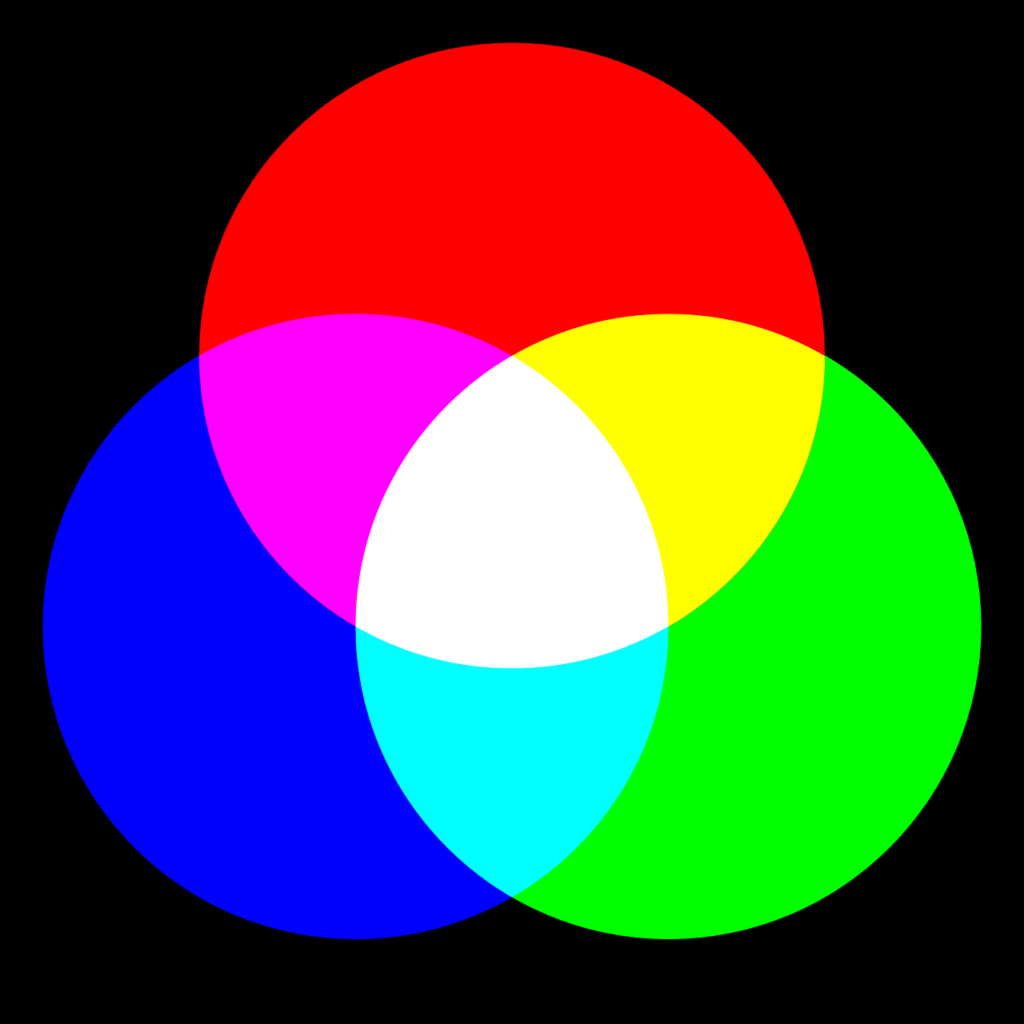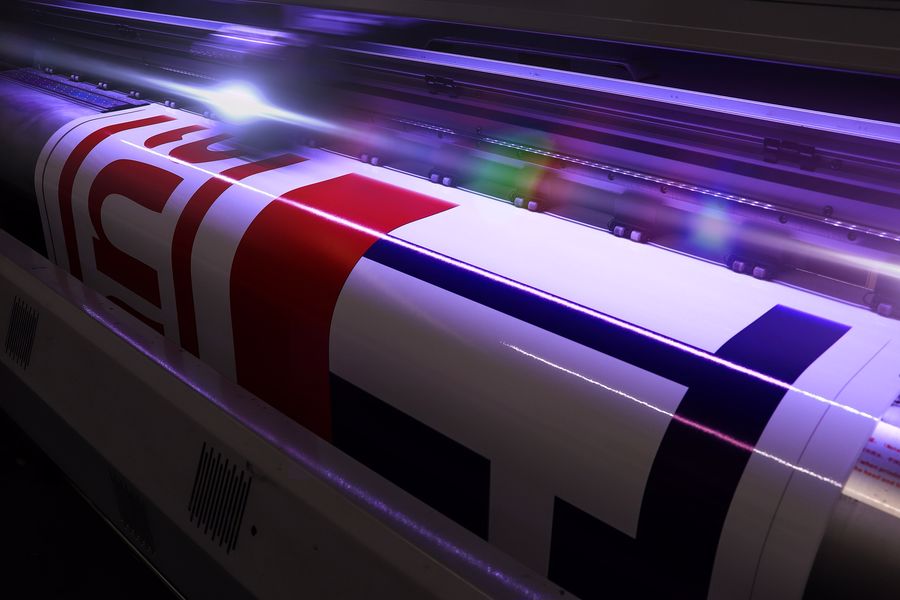
As an Amazon Associate we earn from qualifying purchases.
Color spaces are important in
When it comes to color spaces, the most popular ones are Adobe RGB and sRGB. They may serve the same purpose, but what are their different features and what makes them different from each other?
Differentiating Adobe RGB and sRGB can be complex. Adobe RGB vs. sRGB are two of the most common selection when it comes to color spaces and they can’t be interchanged so it is better to learn about each of them as each color space is better to use in some cases than others.
Quick Navigation
Adobe RGB vs. sRGB is a dilemma that a lot of photographers had faced for years. So which profile is better to shoot in? Why is Adobe RGB compared to sRGB?
Adobe RGB and sRGB are two popular and different color spaces. A color space, also called a color model or a color system, provides photographers a range of colors. Your camera will capture the colors at a certain percentage. However, that will depend on the mode that you select when you take pictures.

Some of the color models are better, especially for print-based work. Other color models are more equipped for web-based media and it guarantees consistency in the appearance of your pictures regardless of the platform that you use or the device that you have. Adobe RGB is newer and it has more colors compared to sRGB, however, it does not mean that less is worse. Each color space profile has its own strength and advantages that can help improve your output.
In digital
The first profile that was launched was sRGB, and almost everything on a computer is created around sRGB. From video games, the internet, personal devices, applications and more, almost all of them have adapted sRGB as the standard profile for color space. Even the monitor that you have can't display all of the colors of Adobe RGB. In some monitors, it can only display 97% of sRGB. Meanwhile, they can only display 76% of the Adobe RGB.
If you use Adobe RGB while and let it convert your pictures, you will be left with unflattering, muted tones. You can shoot using sRBG, however, if you need to print your pictures, then you need to switch to Adobe RGB to make sure that the colors are not lost. Basically, when shooting, it is best to use sRGB, and when printing your work, it is best to switch to Adobe RGB to keep the colors sharp.
Adobe RGB was created and launched by Adobe for its CMYK printers. The color space profile has a similar number of colors as sRGB, however they are more vivid and spaced out.
That means that it gives you a better range of saturated color that you can work with especially if you want to print your work afterwards, and that is what Adobe RGB is known for. You can also change your work to sRGB if you wish to.
You will see that if you upload a picture to the web that is equipped with Adobe RGB color space, the results look desaturated, unclear and dull. This is because the browser automatically converts the color to sRGB. This means that you need to convert your pictures before you upload them for better results.
In order to understand Adobe RGB and why it was created by Adobe, it is best to understand another color model linked to Adobe RGB: CMYK. The color model of RGB is based on three main colors:
Different color combinations will yield every color that is in existence. If you combine these three colors together, it will come out white. These are the standard colors for the web because tech devices like laptops, smartphones, tablets and others with screens have rich and clear displays that can render each color clearly.
Meanwhile, CMYK is a different color model that is composed of four colors:
The colors are formed by deducting the hues from one another and the whole spectrum will yield black instead of white.
Adobe RGB works well in digital environments. However, the physical world where photographs are brought to life through printing, it won't always look like what it does on screen, which is why most print shops operate in CMYK only. CMYK offers better fidelity to the color and it shows more integrity of the original work.

In that way, print companies won't be held liable if a photo comes out dull. sRGB provides consistency regardless of the device that the photographer uses. CMYK also gives consistency when it comes to photo printing.
In 1998, Adobe formed the basis for Adobe RGB in order to give photographers another option for taking pictures and showing the results while expanding its list of colors and what it can capture.
Adobe RGB has a wide gamut of colors and it offers better potential compared to sRGB. However, it has some challenges and working with Adobe RGB requires more legwork, especially during post-processing.
If you take pictures using Adobe RGB and if you think you need to retouch them, you can edit them easily. This is very helpful especially if you plan to share the results online or add it to your photography portfolio.
You can switch from Adobe RGB to sRGB and the results will be just as good. However, the quality will decline if you took them in sRGB mode originally and switched to Adobe RGB. If you import images in Adobe RGB mode and switch it to sRGB, the program will change the colors and correct anything that you may have overlooked.
The same thing applies for exporting, an Adobe RGB workflow means that you have to check on your i's and remove the t's or else your work will be affected.
Standard Red Green Blue, also known as sRGB, is a set of colors that were created by both Microsoft and HP back in 1996. The goal of the two tech giants is to standardize the colors that are seen in different electronics. Out of the all color spaces that are used today, sRGB is by far the most popular. It is used for most consoles, web browsers, PC games, and Windows.
When searching for a gaming monitor, desktop monitor, TV, or other electronics, you may notice them claiming to cover a percentage of sRGB color space. This gives you an idea of how much of the sRGB color space the device can produce when you use it.
sRGB displays are very simple to work with and it is suitable for photo prints that you can get at a regular color lab. A simple computer monitor can display the color range of sRGB, yet Adobe sRGB can only display 3/4 of its color range in a computer monitor. A device's color gamut shows you which space the device can reproduce and how much of it can go from 0 to 100%.
The sRGB color space is defined by the triangle on the CIE 1931 XY Chromaticity Diagram that was created and introduced by the International Commission on Illumination or CIE.
The CIE 1931 XY Chromaticity Diagram represents the full range of color that you can see with your own eyes. Within the range of colors is a white triangle that outlines the colors of sRGB. If you check on an image with colors outside of the white triangle on an sRGB monitor, the other additional colors would not look accurate and they will come off as undersaturated.
The colors are displayed identically on different monitors and devices, and even in different programs, all thanks to 100% sRGB.
For example, if you select sRGB mode, both for the printer and image editor, the colors of the printed photo will be the same as what you see on the screen. Vice versa is applied, if the color spaces are different, the colors will not coincide.
Before diving in, it is important to note that none of the devices can't perceive colors with the same sensitivity as that of the human eye. Also, it is impossible to make all of the devices produce the shades of the color gamut with the same accuracy. That is the reason why on different screens and printers, the same colors can look different. This also explains why there are different working color spaces and not just one.
When it is sRGB, it does not have the widest space because it only covers 35% of the colors that are displayed by CIE. However, it is supported by any monitor.
Adobe RGB, on the other hand, matches the palette better than sRGB, which is available when you are printing high-quality color printers. Adobe RGB covers approximately 50% of the CIE color range.
Both the Adobe RGB and the sRGB are color spaces. Every single image has a spectrum of color, and color spaces are like a digital color palette. The intensity of each pixel in an image online ranges between o to 255. Millions of colors can be placed in a file with different ratios of the primary colors, which are red, green and blue.

JPGs are files that can store 16.7 million colors. The color space is the one that determines the different colors that can be applied in an image. Remember that not all of the colors are used. Different factors will determine how many colors can be used, like the quality of your monitor.
The sRGB and the Adobe RGB have a series of vibrant colors that are used in photo shooting and printing.
Both the sRGB and Adobe RGB are based on the primary colors, which are red, blue and green, as they are the origin of the other colors in the color wheel.
Despite having different quality, the two color spaces used the primary colors to determine what to use in your images, and it only changes when you decide to print the said images.
SRGB and Adobe RGB include an equal amount of colors, but the range of sRGB is narrower. Adobe RGB is said to have a 35% wider gamut of color than sRGB. You can set the color space to Adobe RGB in your device because it will let you convert your files to sRGB if you want to, it will also provide a wider gamut of colors while you edit.
The great thing about Adobe RGB is that the files can be converted into sRGB if you wish to use it on your screen.
Adobe RGB provides you with more options because the color range is broad. The monitor will also influence the color space as some monitors have a wider color gamut compared to others.
sRGB is a standard adopted by all software and hardware. Since all devices are sRGB compatible, the color differences are minimized even when you switch from one device to another.
Adobe RGB, on the other hand, has a special set of software and hardware that it needs in order to be used properly. It is not compatible with just any software or hardware unlike sRGB.
The major difference between Adobe RGB and sRGB is its usage. The two color spaces have the color variety that you need in order to give your images real-life visuals.
However, sRGB only works well when your images are presented digitally. When it is time to print it out, you need to switch it to Adobe RGB or else the image will look dull. This is because Adobe RGB has a wider range of colors that is applied when you print out a photo.
If you wish to print out your images, you need to switch to Adobe RGB if you want your images to look life-like.
Adobe RGB does not get affected by the sudden change in software used when printing images, and it has a wider range of colors that it uses to represent each subject in your image more clearly.
sRGB is a color space that is standard in all devices, so whether you choose to or not, the image is automatically applied to sRGB.
sRGB works really well if you are building an online portfolio as it is equipped with enough colors needed to produce a clear image on the screen.
As a photographer, your main concern is more on the aesthetic side and you may not want to dive into deep technical terms involved in printing your pictures.
However, some of these technical terms, especially about Adobe RGB and sRGB can have an impact on how your pictures appear. Selecting the right color space for your work is vital to get the output that you want.
